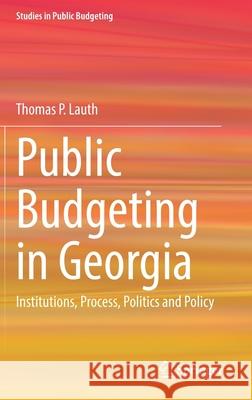Public Budgeting in Georgia: Institutions, Process, Politics and Policy » książka
topmenu
Public Budgeting in Georgia: Institutions, Process, Politics and Policy
ISBN-13: 9783030760229 / Angielski / Twarda / 2021 / 238 str.
Kategorie:
Kategorie BISAC:
Wydawca:
Springer
Seria wydawnicza:
Język:
Angielski
ISBN-13:
9783030760229
Rok wydania:
2021
Wydanie:
2021
Numer serii:
000774780
Ilość stron:
238
Waga:
0.54 kg
Wymiary:
23.39 x 15.6 x 1.6
Oprawa:
Twarda
Wolumenów:
01
Dodatkowe informacje:
Wydanie ilustrowane











